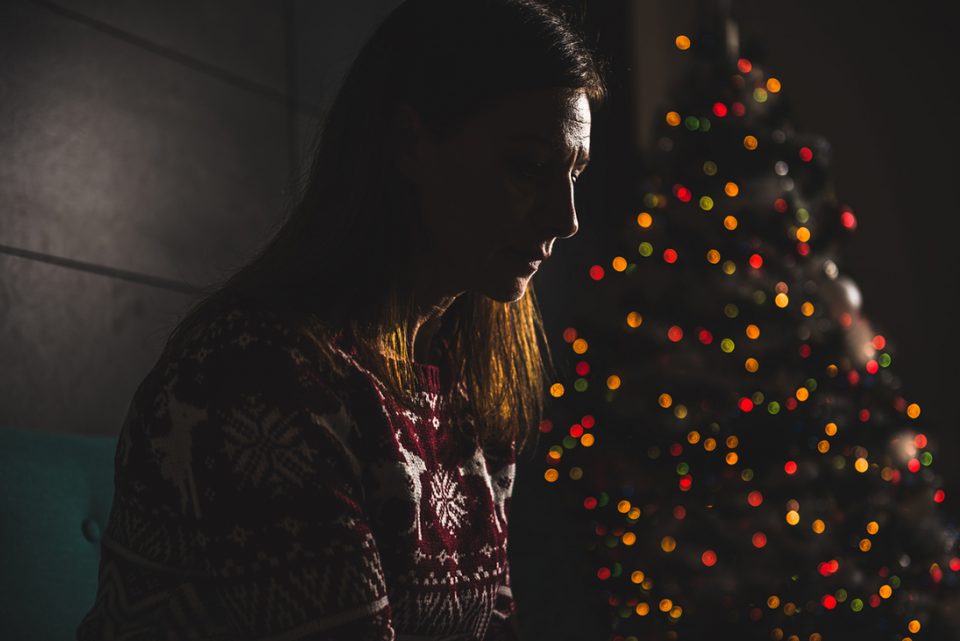Culturally it’s easy to treat Advent as a countdown to Christmas—a swirl of parties, sparkle and lights. But liturgically it’s a season of anguished waiting. For many years, it seemed that God had forgotten his people. Had I lived years before Jesus was born into the world, I imagine it would have been tempting to give up hope.
Even now, looking around, it’s easy to see what is wrong and broken. Our world is hurting, trying to recover from natural disasters that seem to just keep coming, as well as tragedies brought about by human hands. The people we love get sick; their hearts are broken; sometimes they die. In these moments, we find it hard to be surrounded by festive music, décor and Christmas revelry.
Last Christmas, a friend of mine took her almost 2-year-old daughter to the doctor, just to be on the safe side since she wasn’t feeling well. Within a few days, the situation became dire. I joined a host of people who prayed for a miracle for this sweet little girl and her family. She weighed on my mind even as I slept.
On Christmas Eve, my friend’s daughter died. That night, I read the Scriptures at church. I did so through tears, keenly aware of these words about the gift of a child who would save us all, aware that there was one family whose arms were newly empty.
As we get closer to Advent and Christmas, I keep thinking about my friend and this sorrowful anniversary she is facing. Perhaps you know someone who is struggling with grief in sorrow. Or perhaps you yourself may be holding something heavy and hard. During these times, it can be tempting to turn inward. But as Christians, God calls us to do otherwise.
God calls us to be in relationship with God and with one another. Reach out to your faith community, to your pastor, to God, to that friend who is hurting. Though we wait—sometimes in anguish—we do not wait or suffer alone.
Many ELCA and other congregations host “Blue Christmas” services for those who are suffering during this time of the year. Last year, for the first time, my congregation hosted one. People were free to come and worship, cry or just be quiet. It was a place for those who didn’t feel they fit in with the joviality of the season, for people who needed a space to honor the tough emotions they were feeling.
My pastor, Liv Larson Andrews, had noticed other congregations doing these services and wanted to offer something similar. “I have loved the liturgical renewal that is occurring in so many churches that lifts up the deep practices of Advent as a little bit of a corrective to the cultural obsession with Christmas that begins in October—just to offer a way in for people who are experiencing December and the ‘holidays’ of American culture as this one-note everyone’s happy, everybody is singing ‘Jingle Bells’—and to both do the Christian thing of telling the truth that ‘Hey, first of all, not everybody is here,’ and to welcome everyone, wherever they are emotionally, into faith. Not to require that people feel blue or feel sad, but simply to acknowledge that there is a range of postures or feelings or experiences,” she said.
Of course, one service is just the beginning of welcoming everyone who is experiencing sadness and grief into the church. “Christ is risen, Christ is among us, and life is full of struggle; suffering still assails us,” Andrews said. “[Yet the struggle] doesn’t mean Jesus isn’t there with us, but we kind of hold those things together.”
If you or someone you know is blue this Advent and Christmas, remember that you are not alone. Emmanuel (God with us) came down to earth to accompany us in our joy and in our sorrow. Consider seeking out a Blue Christmas service near you—and may God be with you this season.





